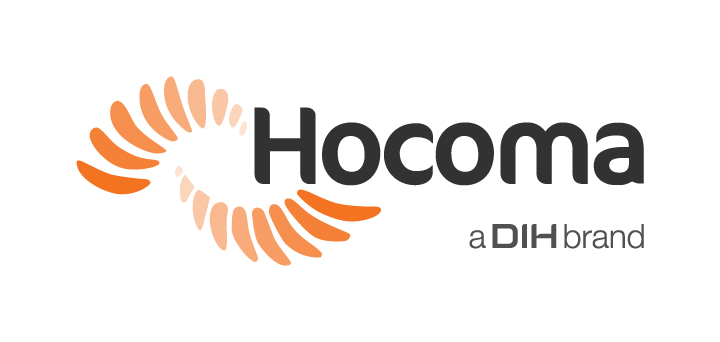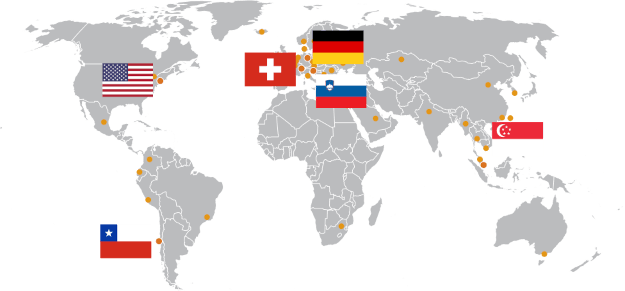February 18, 2021
Upper Limb Rehabilitation – The use of Hocoma ArmeoSpring device in conjunction with traditional therapy
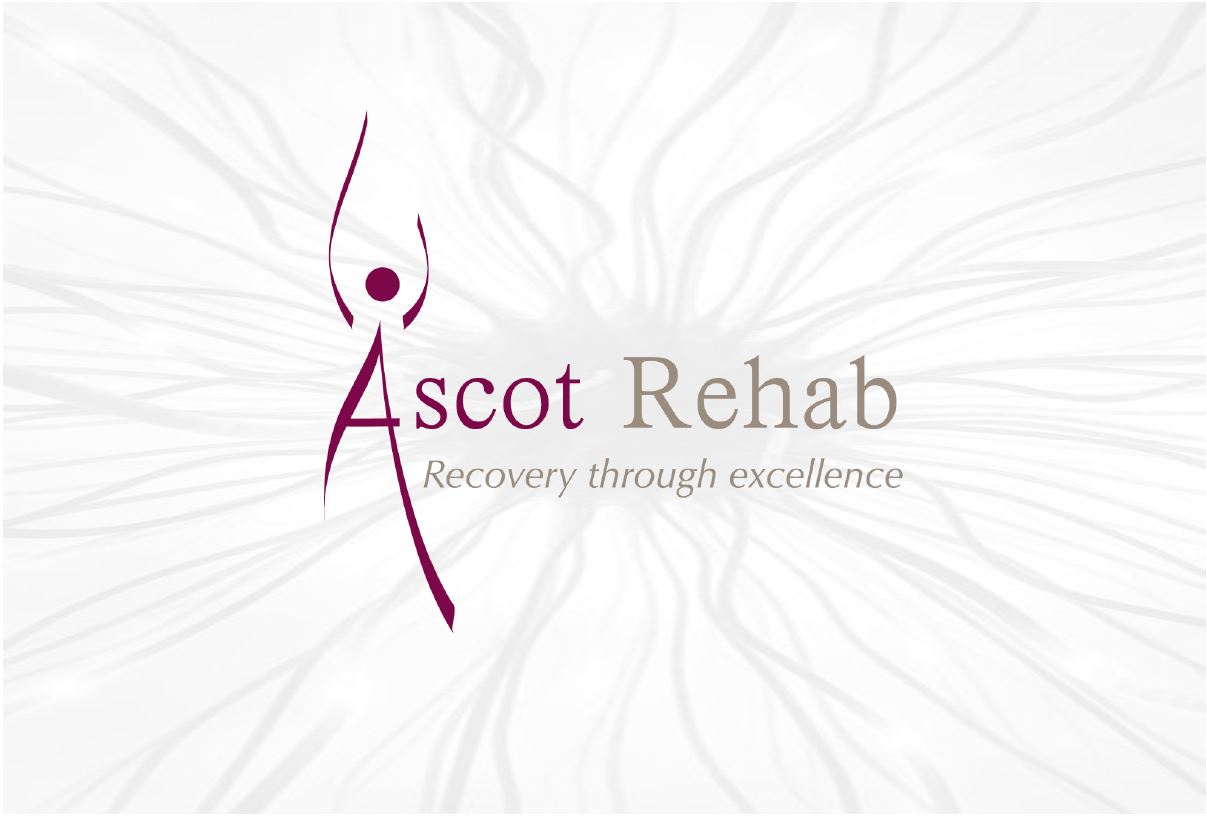
Eloise James, Marta Oliveira
Department of Occupational Therapy
Ascot Rehabilitation Centre
In a recent Quality Report [link: https://www.ascotrehab.com/wp-content/uploads/2019/06/Quality-Report-2018-Final-version.pdf], Ascot Rehab described seeing “outstanding results” with the ArmeoSpring, which is an upper limb rehabilitation device for impaired hand, arm and shoulder movements developed by Hocoma.
Ascot Rehab explores using the ArmeoSpring in conjunction with traditional therapy in the case study featured below.
Introduction
Exoskeletons for lower and upper extremities have been introduced in neurorehabilitation because they can support and/or guide the patient’s limb following its anatomy, covering many degrees of freedom in an extensive workspace.
This technology enables independent and repetitive movement practice in a motivating, enriched and interactive virtual learning environment.
High intensity training is one of the key determinants of motor recovery which technology-aided therapy can offer. When combined with conventional therapy, robotic therapy yields favourable outcomes in terms of improving motor control, reducing motor deficits, and increasing ability to carry out activities of daily living.
Providing an intensive, varied and effective upper limb rehabilitation programme can be challenging and therefore at Ascot Rehabilitation we have been using the ArmeoSpring since 2017 in conjunction with conventional therapy. This approach provides intensity aiding motor recovery.
Case presentation
Jon is a 66 year old chef. He used to cycle to work on a daily basis. Jon suffered a road traffic accident while cycling to work in October 2015. From the accident resulted polytrauma with maxillofacial, costal and spinal fractures, injury to right thigh, right rotator cuff injury, and no evidence of head injury.
Jon was admitted at Ascot Rehab in July 2017 for a 3 week intense rehab period prior to his reverse shoulder replacement. The therapy input during his stay was focused on:
- Facial exercises to promote symmetry
- Anxiety management
- Hydrotherapy, exercise group and outdoor mobility, getting up off the floor
- Bath transfers and equipment provision, dressing practise
- Cooking and use of his right upper limb
- ArmeoSpring for active ROM
- Home exercise programme
Jon was referred as an outpatient to Ascot Rehabilitation for Occupational Therapy and Physiotherapy input following a reverse right shoulder surgery. He attended twice a week over 4 months.
On admission, Jon’s functional assessment revealed that:
- He needed assistance to manage socks and shoes
- Required supervision to shower
- Not able to undertake domestic tasks
- Increased fear of falling which limits his outdoor mobility
- Pain increased after surgery
- Less positive mood as feeling more dependent on his wife
Jon’s goals:
- To be able to return to driving
- To be able to eat peas holding a spoon in his right hand
Jon’s intervention included:
- Combined OT and Physiotherapy input 3 times per week
- Intervention twice a week with ArmeoSpring
- 9 sessions with an average of 12 min per session
- Type of exercise, workspace settings, weight support, time and exercise complexity adjusted to patient’s abilities;
- Supplemented by a home exercise programme
All of these interventions with a focus on:
- Muscle strengthening
- Prevent loss of range
- Improve range of movement
- Pain management
- Promote alignment and optimal positioning
- ADL practise – chopping and carrying pans, dressing
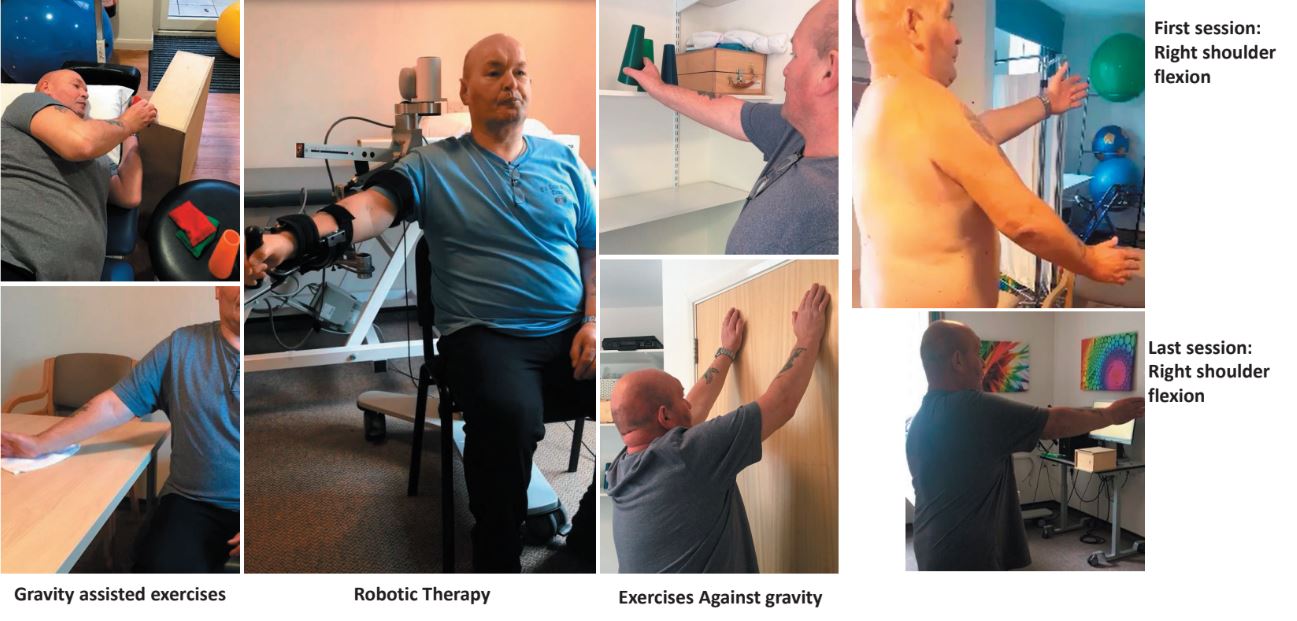
Results
At discharge Jon no longer feared falling and damaging his shoulder. He is currently mobilising independently and is aware that he needs to plan his outdoor mobility to incorporate rest breaks. Jon’s main goal was to return to driving. He has already investigated which vehicle to purchase and was keen to drive again.
Following his outpatient rehabilitation Jon is now independent again with dressing tasks but finds tucking the shirt into the back of his trouser a challenge due to reduced right shoulder external rotation. Jon has returned to cooking his family meals and feels his ability to chop is improving. This has had a positive effect on his mood and independence.
A year later Jon has returned to driving and to previous leisure time interests like swimming.

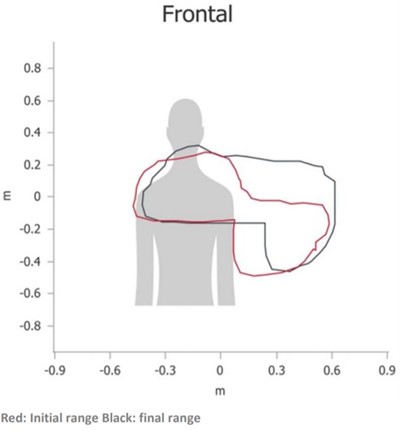
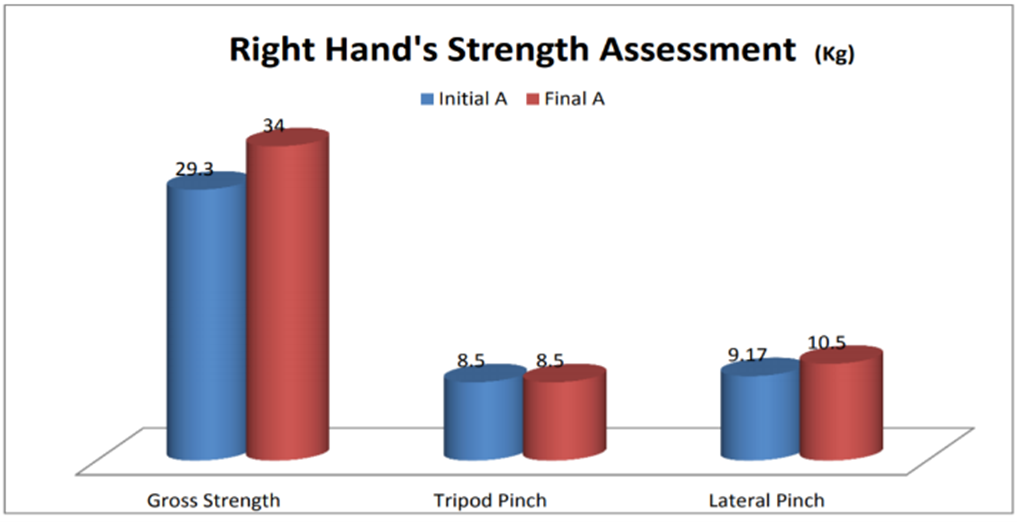
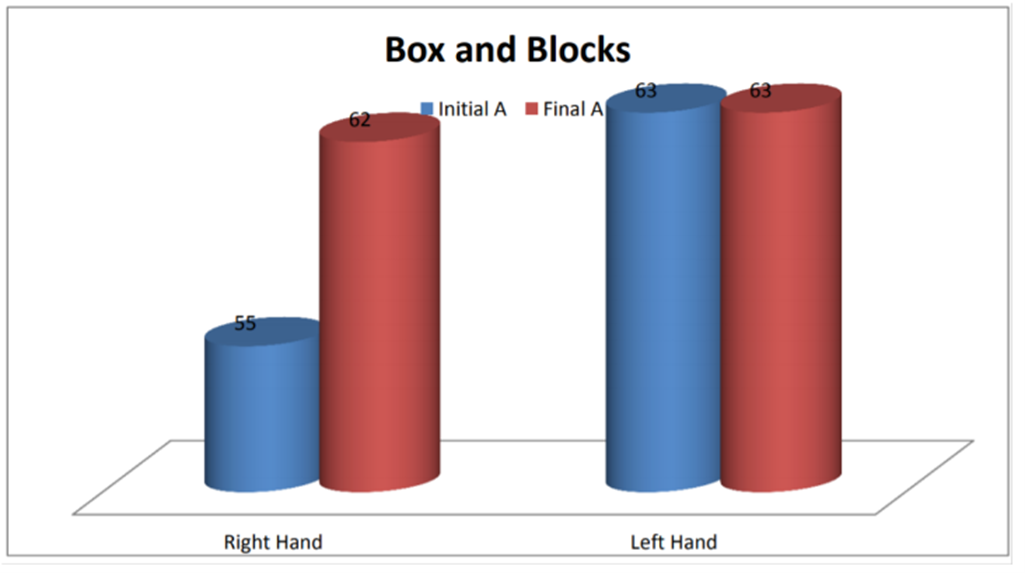
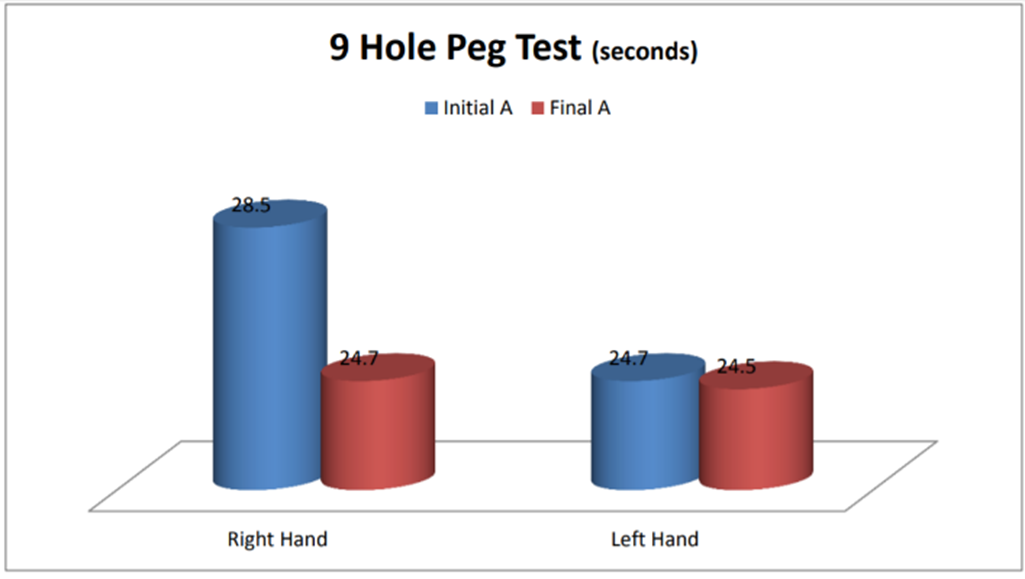
Conclusion
Technology-aided therapy offers high intensity training, one of the key determinants of motor recovery. Combined with conventional therapy, this yields largely favourable outcomes in terms of improving motor control, reducing motor deficits, and increasing ability to carry out activities of daily living. We therefore incorporate robotic therapy into our upper limb programmes where appropriate.
About us
Ascot Rehab is a leading neurorehabilitation provider for patients who have traumatic brain injuries and other neurological conditions, offering inpatient, outpatient and outreach services in London and Surrey.
To contact Ascot Rehab, visit www.ascotrehab.com, email info@ascotrehab.com or phone +44 203 212 0839.
This clinical experience report is meant to serve as an example of how the ArmeoSpring is integrated into one particular rehabilitation center. It is not necessarily a standard recommendation from Hocoma.
